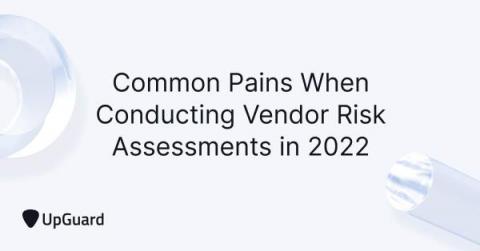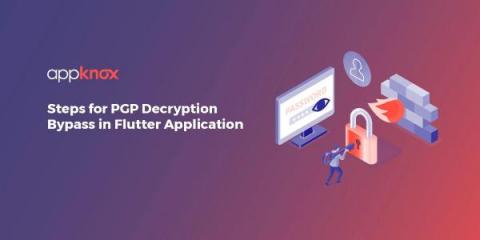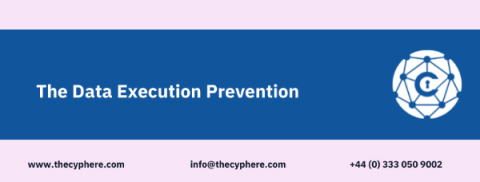Security | Threat Detection | Cyberattacks | DevSecOps | Compliance
Latest News
Why Attack Surface Assessment Tools Are Vital According to Gartner
Attack Surface Assessment tools enable information security teams to look at their organizations “outside-in” from the attacker’s point of view, prioritizing the issues that attackers will see first.
Logicalis target digital-first leaders with launch of managed Intelligent Connectivity service
Top 3 Vendor Risk Assessment Frustrations - Can You Relate?
The vendor risk management process is now an essential requirement of all cybersecurity programs. Without it, you're a sitting duck for supply chain attacks and third-party data breaches. In recognition of this, regulatory bodies are increasing their third-party risk compliance requirements and enforcing obedience by threatening heavy financial penalties for non-compliance.
Next CISO headache: Vendor cyber insurance
Cyber insurance coverage? Through the roof these days. Also, coverage is not that easy to get. The many breaches and the dollar judgements handed down make cyber insurance another costly operating investment. A mid-sized client of mine, as an example, pays $1 million in annual cyber insurance costs just to do business with its commercial and government customers. The issue adds another twist to the topic of third-party risk.
Tip: Use passphrases when you need a secure but easy-to-type password
While 1Password is usually there to autofill your passwords, sometimes you still have to manually type them in.
PGP Decryption Bypass in Flutter Application
During the assessment of one of the financial applications built upon the flutter framework, we came across that the application was using PGP encryption for encrypting the API requests. It is pretty common for financial applications to be implementing traffic encryption, with AES seen to be the preferred algorithm for encrypting traffic. There is plenty of research already available on decrypting AES encrypted traffic.
5 benefits of integrating corporate SIEM systems
A company can accumulate massive amounts of information that security analysts are not able to monitor instantly. This can mean that priority security alerts either go unnoticed or are considered a false alarm because the appropriate technology is not available, which results in organizations failing to take action in time.
What is Data Execution Prevention (DEP)?
Handling our system memory safely and protecting it from harmful programs and other programs that are prone to executable code run from a data page on different memory locations and specific data section is a challenging task. The essential Windows programs and services have been a big step forward in easing that task.
Why you need a Kubernetes admission controller
Unless you have experience as a Kubernetes operator or administrator, admission controllers may be a new feature for you. These controllers work mostly in the background and many are available as compiled-in plugins, but they can powerfully contribute to a deployment’s security. Admission controllers intercept API requests before they pass to the API server and can prohibit or modify them.











